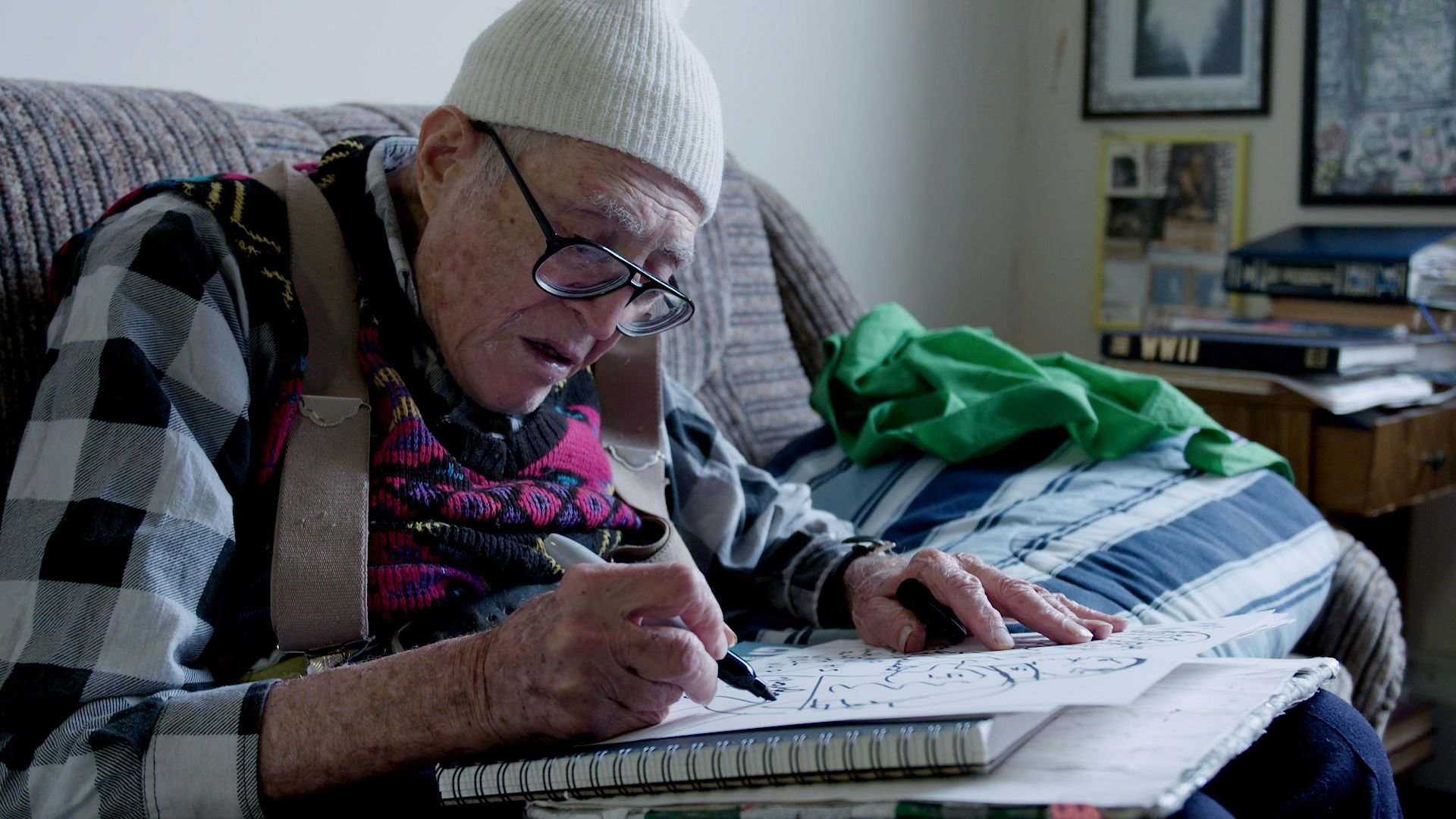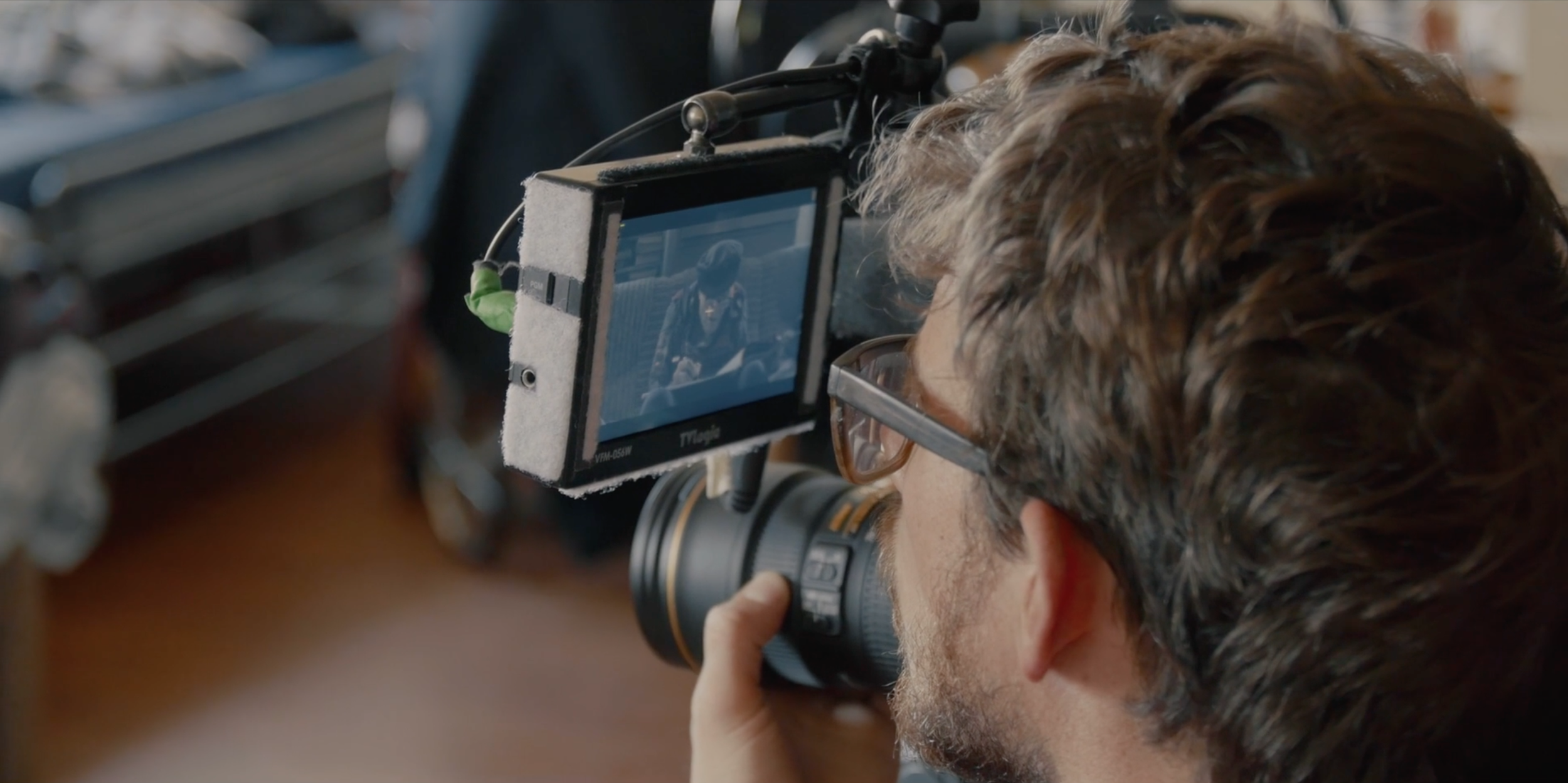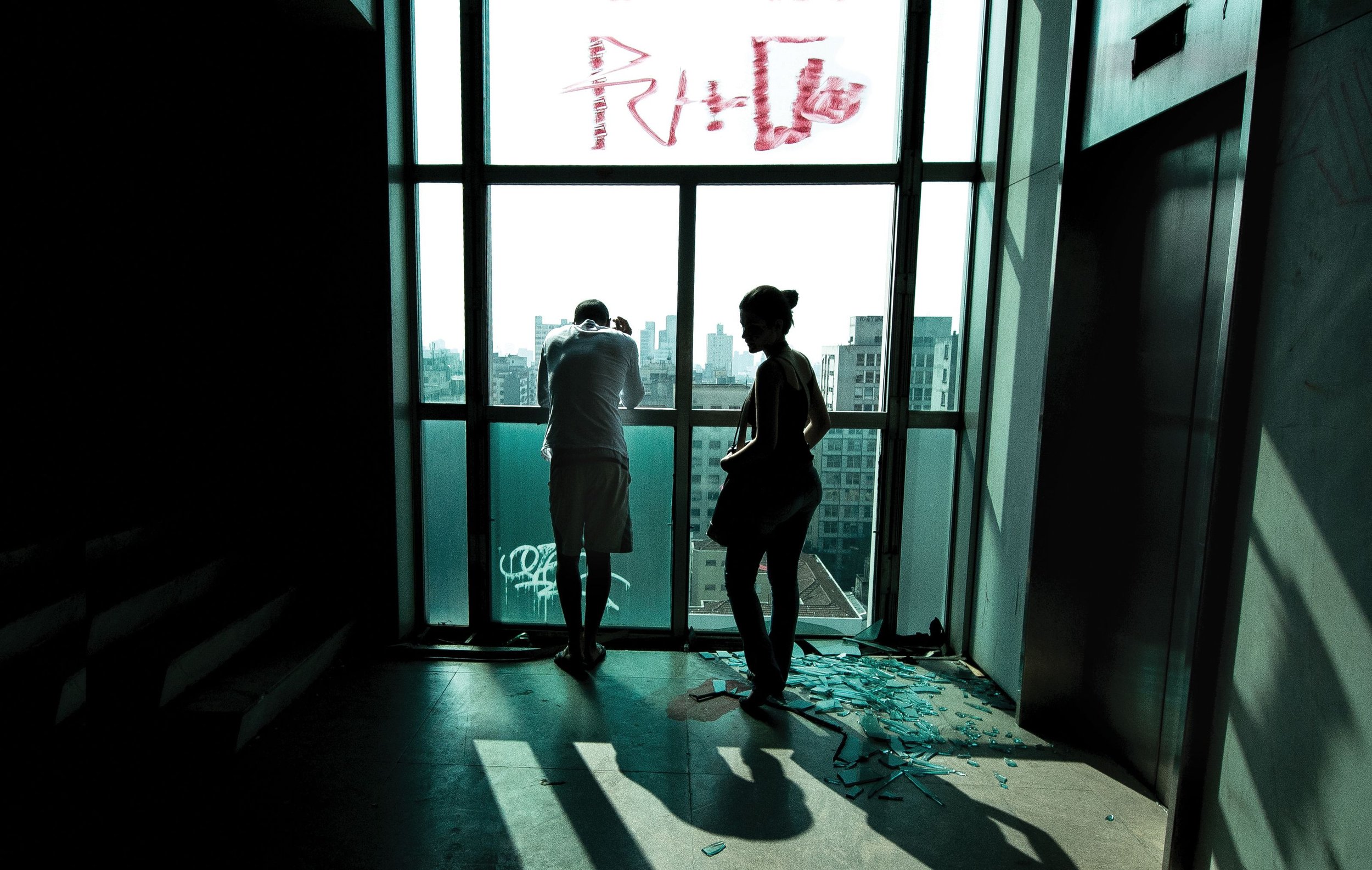Salem Film Fest 2024 screened a total of 40 documentary films, including 23 features and 14 shorts. Among those 40 films, this year the festival honors six filmmakers with awards which represent the appreciation of our audience and jury, and recognition of achievement in different disciplines in filmmaking.
In a unique tradition of the fest, winners in each category will be awarded original handmade trophies created by artists based in Salem. These awards not only honor the filmmakers' achievements but also celebrate the collaboration between the film festival and the local art community. As we explore the nominated films and the visionaries behind them, we aim to spotlight the talent and creativity that mark the highlights of this year's Salem Film Fest.
Special Jury Award:
QUEENDOM — WINNER
Directed by Agniia Galdanova, Produced by Igor Myakotin
Jurors include:
Clemence Taillandier (Distribution consultant)
Erin Trahan (Arts journalist)
Chek Wingo (Filmmaker)
Shaun Clarke (Arts educator)
Award by Scott Lanes
Award by Arlene Brown
Cultrera Cuts Editing Award:
BYE BYE TIBERIAS — WINNER
Directed by Lina Soualem
Edited by Gladys Joujou
Jurors include:
Sally Wu (Film editor)
Susanne Rostock (Film editor)
Flavia de Souza (Film editor)
Khary Jones (Film editor)
Award by Melynn Nuite
Audience Award:
LUCHA: A WRESTLING TALE — WINNER
Directed by Marco Ricci
The Audience Award is determined by audience votes.
Award by Jack Walsh
Michael Sullivan Award for Journalism:
CITIZEN SLEUTH — WINNER
Directed by Chris Kasick
Jurors include:
Peter Keough (Film critic and journalist)
Joe Cultrera (Co-Founder, Salem Film Fest)
Delores Edwards (Executive Producer, Basic Black (GBH))
James Sullivan (Program Director, Newburyport Documentary Film Festival)
Award by Jack Walsh
American Cinematographer Magazine Award
THE MOTHER OF ALL LIES — WINNER
Directed by Asmae El Moudir
Cinematography by Hatem Nechi
Presented by Stephen Pizzello, Editor-in-Chief, American Cinematographer Magazine
A Special Mention for the American Cinematographer Magazine Award for Cinematography was presented to OUT THERE: A NATIONAL PARKS STORY, Directed by Brendan Hall.
Award by Deb Linehan
Best Short Award:
A HOME ON EVERY FLOOR — WINNER
Directed by Signe Rosenlund-Hauglid
Jurors:
John Gianvito (Educator, curator, filmmaker)
Sara Jordano (Filmmaker)
Katherine Irving (Programmer)
Katelyn Rebelo (Winner, Best Short Award, Salem Film Fest 2023)
Award by Elise Mankes
Mass Reality Check Winners:
1st - Warman, Directed by Pete Sethanant, Suffolk University
2nd - The Weight of Numbers, Madalyn Carr, Bridgewater State University
3rd - The Spontaneous Activity of Children, Directed by Katherine Fitzgerald, Emerson College
Award by Peter Grimshaw
Keeping It Reel Winners:
1st - Most Valuable Heist of All Time, Directed by Ryan Williams and Jonathan Bertone, Westwood High School
2nd - Dahlia and Her Plants, Directed by Adia Smith, Buckingham Browne and Nichols
3rd - Detained., Directed by Joe Grimaldi and Cam McDonald, Triton Regional High School


































